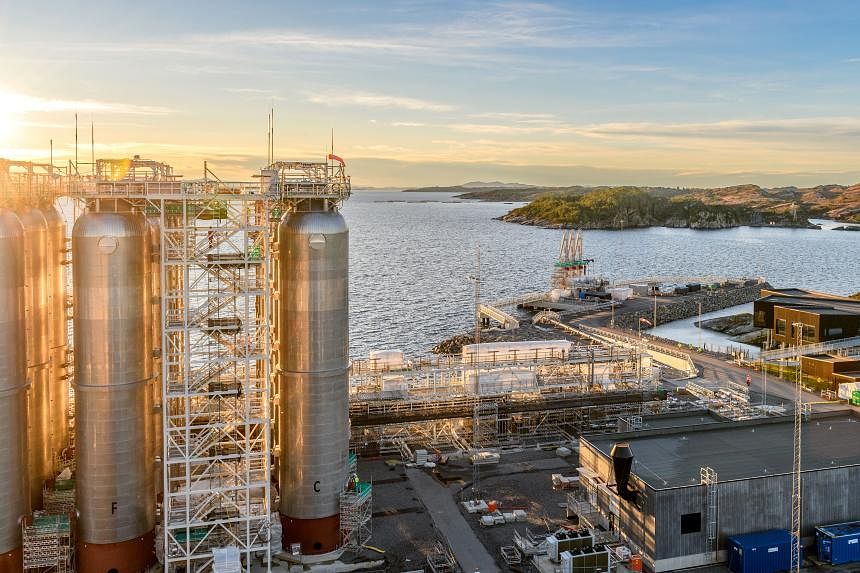On how Northern Lights will ensure that stored CO2 does not leak, Ms Staalesen said that the underground storage complex consists of sand reservoirs and a sealing layer of caprock. The CO2 will be injected into a porous space filled with salt water in the rock formation, where it will be trapped.
“These are the same mechanisms that have kept oil and natural gas underground for millions of years,” she said.
Mr Magnus Killingland, global segment lead for hydrogen, ammonia and sustainable fuels at classification society DNV, said that Northern Lights CCS is an important first step to establishing value chains that can be replicated globally.
“The project serves as a demonstration of the feasibility and effectiveness of CCS, and clarifies several technical challenges, principles and possible best practices, demonstrating this for further investment and development in the technology,” said Mr Killingland.
According to a 2023 report by the International Energy Agency, to reach the global target of net-zero emissions by 2050, a global storage capacity of 1,000 million tonnes of CO2 is needed by 2030.
While planned capacities for CO2 transport and storage have surged in recent years, it is estimated to reach 615 million tonnes per year by 2030, which is still insufficient.
But developments have been gathering pace, with countries like Singapore announcing in 2024 its intentions to set up a cross-border CCS project with Indonesia.
Senior Minister of State for Sustainability and the Environment Amy Khor, who was at the Northern Lights visit in June, said that CCS is emerging in Asia as a promising solution to help countries transition to a low-carbon future.
“Companies such as Northern Lights offer Singapore useful insights on monitoring, reporting and verification processes, which will be key to upholding the environmental integrity of such projects. Similarly, it is also important to explore research and development efforts to help lower costs and improve outcomes for CCS projects. These will be useful learning points as we plan and develop a CCS project in our region.”
For CCS projects to be successful, the dollars and cents need to make sense. Commercial viability will allow CCS projects to scale up to levels needed to make a significant impact on global emissions.
DNV’s Mr Killingland pointed out that a CCS business case is profitable only if the emission cost is higher than the cost of permanently storing it. Given that Northern Lights is a pilot project, it is not expected to make high profits, and its partners look at this as a first step for developing a new industry.
Ms Staalesen said that expansion plans for phase 2 of Northern Lights will have to move in line with market developments and maturation of additional commercial agreements. She added that the project is talking to industries across Europe like bio-energy, chemicals and steel.
Voluntary carbon markets are expected to play a significant role in advancing CCS, said Ms Staalesen, raising the example of Danish power plant Orsted.
Voluntary carbon markets allow private players to buy and sell carbon credits that represent reductions or removals of greenhouse gases from the atmosphere.
Orsted has signed a commercial agreement to store 430,000 tonnes of CO2 emissions a year with Northern Lights, and also entered into an agreement with Microsoft for the tech company to purchase 3.67 million tonnes of carbon removal credits from the power plant.
Underpinning the voluntary carbon market are carbon offsetting methodologies that provide the scientific and technical backbone for ensuring that credits traded are real, measurable and verifiable.

